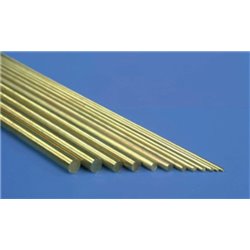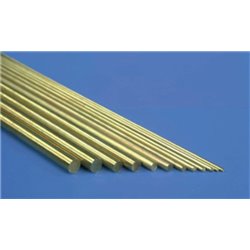If you are planning a model railway layout then you are likely making some crucial decisions, one of which will be...
No products
Product successfully added to your shopping cart
There are 0 items in your cart. There is 1 item in your cart.
Search Tips
Christmas and New Year
We are dispatching orders every weekday apart from Christmas Day, Boxing Day and New Year's Day.
If you order is time critical, select next day delivery at checkout.
The shop in Sandown is closed from 25th December, reopening on 30th December.
What is the best material to use for railings?
When constructing a kit, lengths of wire are often included for use as railings on buildings such as signal boxes and cranes etc. But is this the best material for the job?
Well, for most modellers, the wire does the job just fine, and the metallic appearance can even be a bonus. But others find it awkward to work with, reporting that it is nearly impossible to arrange neatly.
For those that don't get on with wire railings, you may want to try plastic rodding such as those produced by Evergreen. They take primer well, adhere to other plastics with little fuss and have a neater, straighter memory than wire.
Click here to receive the tips weekly in your mailbox. You can unsubscribe at any time.










